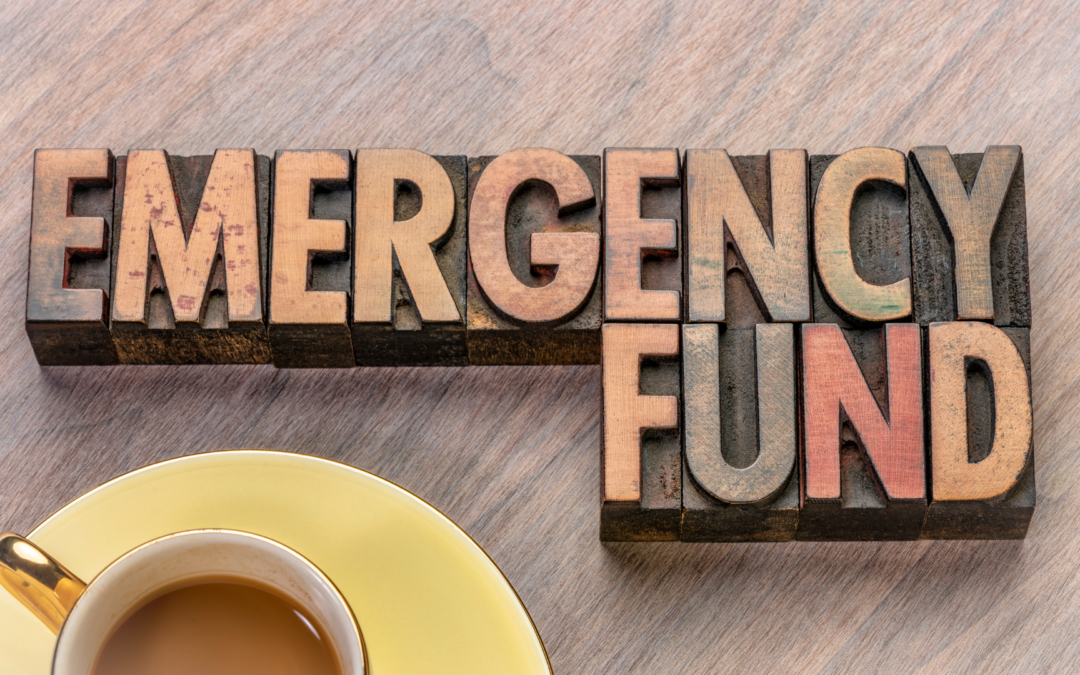No one likes to think about emergencies, but they happen to everyone. Whether it’s a medical issue, a car accident, or a job loss, unexpected events can put a significant strain on your finances. That’s why it’s crucial to have an emergency fund – a stash of money that you can use to cover unexpected expenses. In this article, we’ll discuss why an emergency fund is essential and provide tips for building a strong financial foundation.
Why do you need an emergency fund?
An emergency fund is a crucial part of any sound financial plan. It can help you avoid high-interest credit card debt and provide a safety net during difficult times. Here are a few reasons why you need an emergency fund:
Unexpected expenses: Life is unpredictable, and emergencies happen. An emergency fund can help you cover unexpected expenses such as car repairs, medical bills, or home repairs.
Job loss: If you lose your job, an emergency fund can help you cover your bills until you find a new job.
Peace of mind: Having an emergency fund can provide peace of mind, knowing that you have a safety net in case of an emergency.
How much should you save in your emergency fund?
The amount you need to save in your emergency fund depends on your individual circumstances. Financial experts generally recommend having three to six months’ worth of expenses saved in your emergency fund. However, if you have a more unstable job or higher expenses, you may want to save more.
Here are some steps to help you determine how much you need to save:
Calculate your monthly expenses: Add up all of your necessary monthly expenses, such as rent, utilities, groceries, and transportation.
Multiply your monthly expenses by the number of months you want to have covered: Multiply your monthly expenses by three to six to determine how much you need to save.
Adjust your savings goal: Consider your individual circumstances and adjust your savings goal accordingly.
How to build an emergency fund
Now that you know why you need an emergency fund and how much you should save let’s discuss how to build one.
Set up a separate savings account: Setting up a separate savings account for your emergency fund can help you avoid dipping into it for non-emergency expenses. Look for a high-yield savings account to earn more interest on your savings.
Start small: Building an emergency fund can seem overwhelming, but starting small is better than not starting at all. Set a small goal, such as saving $500, and work your way up from there.
Automate your savings: Set up automatic transfers from your checking account to your emergency fund savings account. This can help you save money without having to think about it.
Cut back on expenses: Look for ways to cut back on expenses and divert the money you save to your emergency fund. For example, you could eat out less or cancel a subscription you don’t use.
Use windfalls: If you receive a tax refund, bonus, or other windfall, consider putting it toward your emergency fund.
Stay committed: Building an emergency fund takes time and discipline. Stay committed to your savings goal, and remember that every little bit helps.
Conclusion
Building a strong financial foundation is essential for your long-term financial health. An emergency fund is a crucial part of that foundation. By following the tips we’ve discussed, you can start building your emergency fund and have peace of mind knowing that you have a safety net in case of an emergency. Remember, starting small and staying committed are the keys to success. So start today and take control of your financial future.

